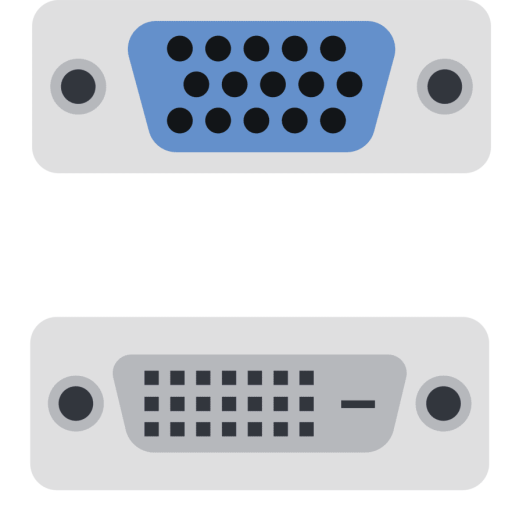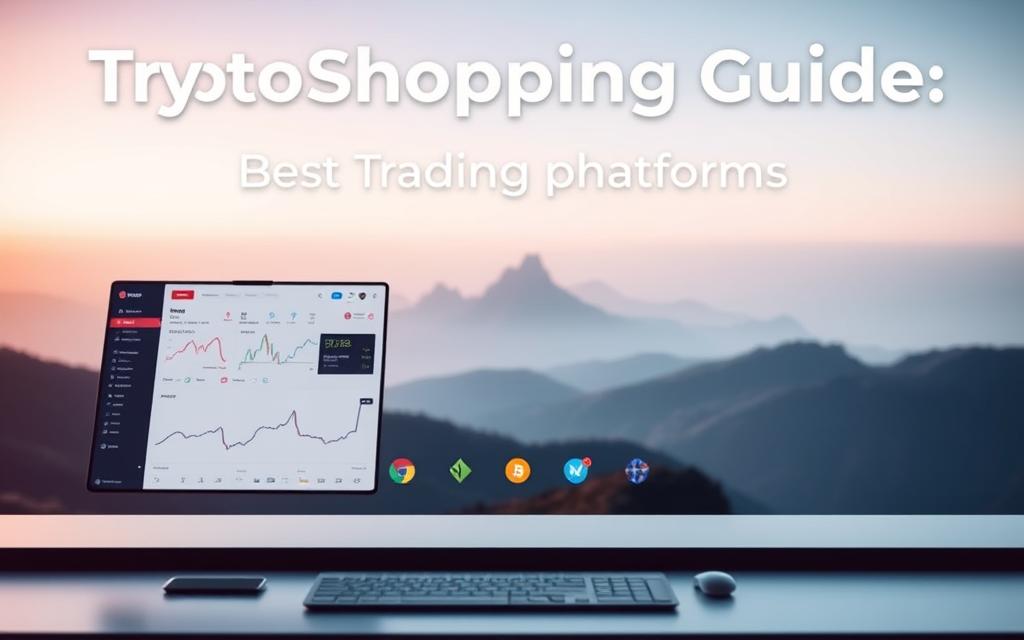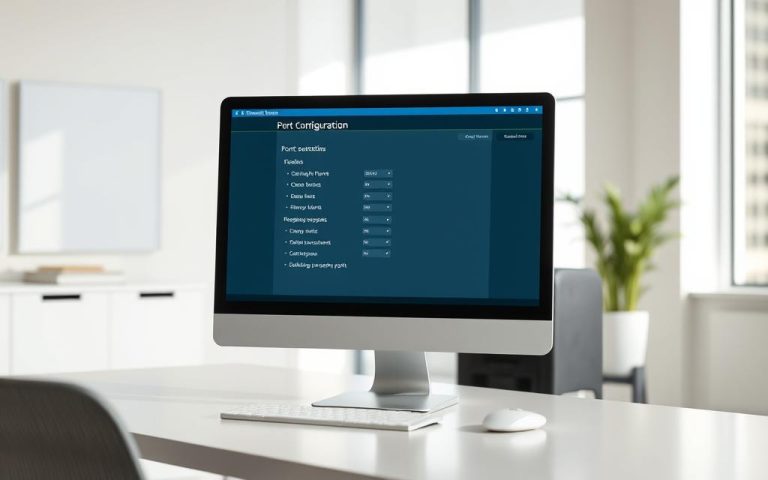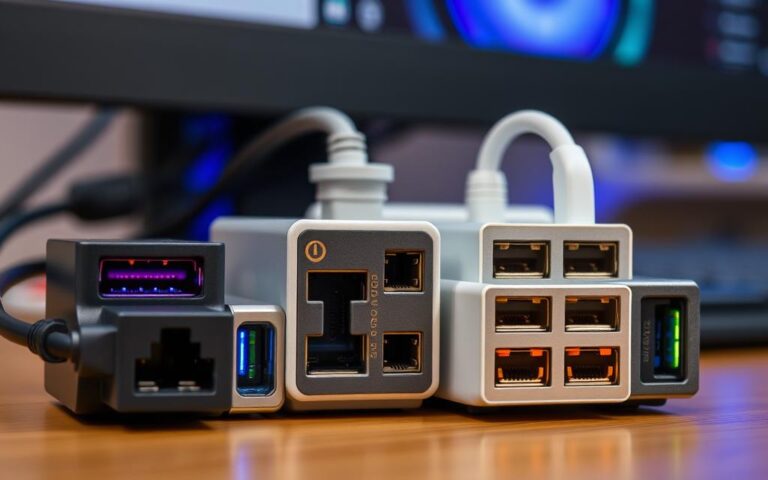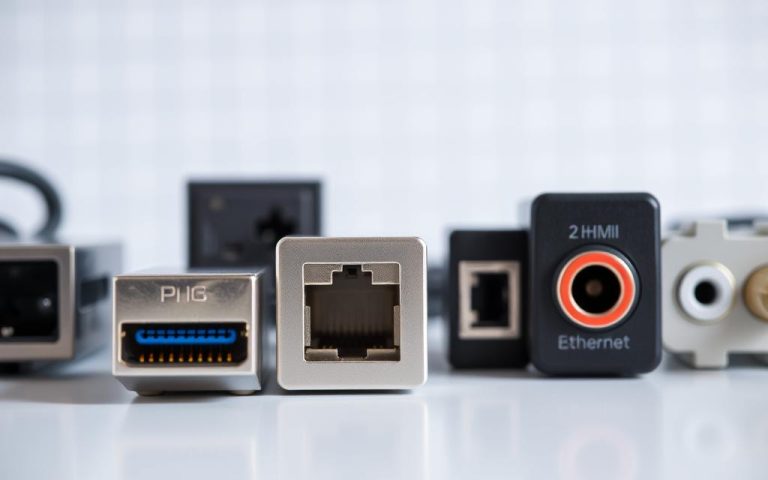Crypto Shopping Guide: Best Platforms to Buy Safely
The cryptocurrency market has experienced significant growth, offering numerous options for investors looking to buy and sell digital assets. As the market expands, security concerns and platform reliability have become crucial considerations.
When choosing a crypto trading platform, it’s essential to consider factors such as security measures, fee structures, and overall user experience. For more insights on selecting a secure platform, you can explore resources like this comprehensive comparison of top crypto platforms.
Our guide will examine the top cryptocurrency trading platforms, analyzing their security features, fees, and user experience to help you make an informed decision.
Understanding the Cryptocurrency Market
The rise of cryptocurrencies has revolutionized the financial landscape, presenting new opportunities and challenges. As the market continues to evolve, it’s essential to grasp the fundamental aspects that drive this digital economy.
The Growth of Digital Assets
The cryptocurrency market has witnessed significant growth, with digital assets becoming increasingly popular among investors. This surge is attributed to the potential for high returns and the diversification of investment portfolios. Cryptocurrencies offer a unique asset class that is not correlated with traditional financial markets, making them an attractive option for those looking to hedge against market volatility.
Why Security Matters When Buying Crypto
As the cryptocurrency market expands, security concerns become paramount. The irreversible nature of cryptocurrency transactions makes security a critical factor when choosing a platform to buy and store digital assets. Key security features include:
- Multi-factor authentication to prevent unauthorized access
- Cold storage solutions to protect funds from hacking
- Insurance policies to safeguard against potential losses
Reputable exchanges implement these security measures to protect user data and funds. For instance, a comparative analysis of top crypto exchanges reveals varying levels of security:
| Exchange | Multi-Factor Authentication | Cold Storage | Insurance |
|---|---|---|---|
| Coinbase | Yes | Yes | Yes |
| Kraken | Yes | Yes | No |
| Binance.US | Yes | Yes | Yes |
As highlighted by crypto security experts, “The security of your cryptocurrency investments is only as strong as the weakest link in your chain of custody.” Understanding and implementing robust security practices is crucial for all crypto investors to safeguard their assets and personal data.
Where to Buy Crypto: Types of Platforms Explained
To navigate the crypto market effectively, it’s essential to know where to buy crypto and the types of platforms available. The cryptocurrency market offers a variety of platforms, each catering to different needs and preferences.
Centralized Exchanges vs. Decentralized Exchanges
Centralized Crypto Exchanges manage everything for you, from security to processing trades, similar to traditional broker-dealers but for cryptocurrency. On the other hand, Decentralized Crypto Exchanges (DEX) operate as peer-to-peer marketplaces, allowing users to swap crypto without an intermediary.
Broker Platforms vs. Direct Trading Platforms
Broker platforms simplify the crypto purchasing process by setting predetermined prices and handling the trading execution behind the scenes. In contrast, direct trading platforms connect buyers and sellers through order books, allowing for more control over trade execution and potentially better prices.
- Fee structures differ significantly between these platform types, with brokers typically charging higher fees for convenience.
- Direct trading platforms use maker-taker fee models, offering a different pricing structure.
- The user experience varies substantially, with broker platforms prioritizing simplicity and direct trading platforms offering advanced features.
Key Factors to Consider When Choosing a Crypto Platform
As the cryptocurrency market continues to evolve, identifying the key factors that distinguish top-tier crypto platforms becomes increasingly important. Selecting the right platform can significantly impact your trading experience and investment outcomes.
Security Features and History
A platform’s security features and historical performance are crucial. Look for platforms that have a strong track record of safeguarding user assets and implementing robust security measures such as two-factor authentication and cold storage.
Available Cryptocurrencies
The range of available cryptocurrencies is another critical factor. Different platforms offer varying selections of cryptocurrencies, so it’s essential to choose one that supports the assets you’re interested in trading.
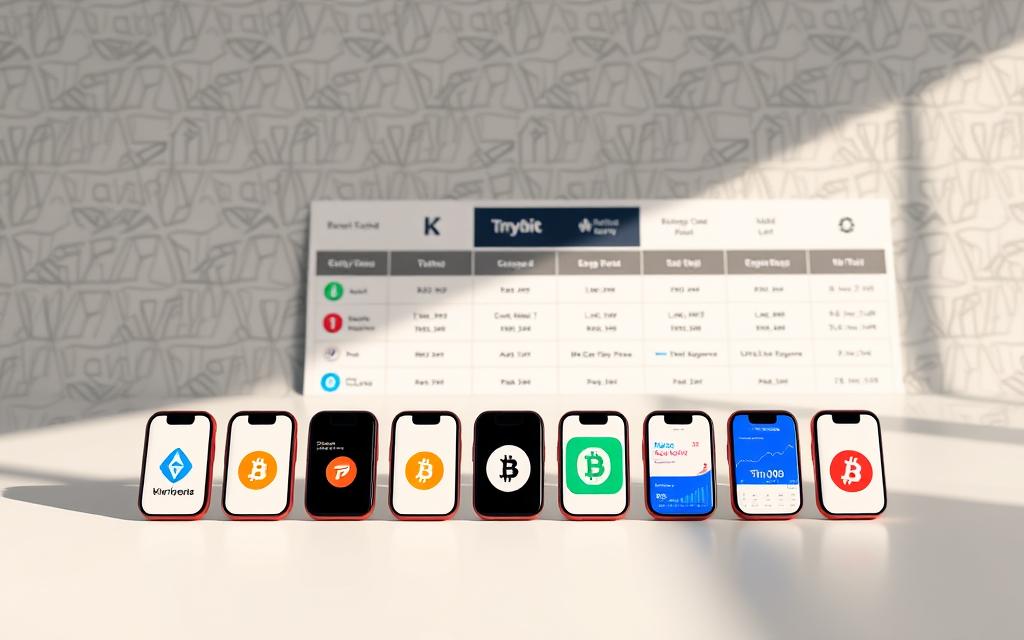
Fee Structures
Understanding the fee structures is vital to avoid unexpected costs. Platforms charge different fees for transactions, withdrawals, and other services, so comparing these fees can help you minimize your expenses.
User Experience and Interface
The user experience and platform interface play a significant role in your trading efficiency. A well-designed platform with advanced tools and support can enhance your trading decisions. Additionally, a good app can provide the flexibility to manage your investments on the go.
Factors such as mobile app functionality, charting tools, and customer support accessibility can significantly impact your overall experience. A platform that offers a seamless and intuitive interface, along with responsive customer support, can make a substantial difference in your trading journey.
Coinbase: The Beginner-Friendly Option

With its intuitive design and robust security features, Coinbase is an ideal choice for individuals looking to enter the cryptocurrency market. Coinbase offers a platform that simplifies the process of buying, selling, and managing cryptocurrencies.
Platform Overview
Coinbase is designed to be accessible to users of all experience levels. It supports a wide range of cryptocurrencies and provides a secure environment for transactions.
Available Assets and Trading Options
Coinbase offers a variety of cryptocurrencies for trading, including major assets like Bitcoin and Ethereum. The platform also provides different trading options to suit various user needs.
Security Measures
Security is a top priority on Coinbase, with measures such as two-factor authentication and cold storage for the majority of user assets. These features help protect user accounts and funds.
Pros and Cons of Using Coinbase
Coinbase has several advantages, including its ease of use and strong security features. However, it also has some drawbacks, such as its fee structure, which can be complex and vary based on the transaction size and payment method.
Coinbase Fees and Pricing Structure
Coinbase implements a complex fee structure that includes both flat fees and percentage-based charges. The platform charges a spread of approximately 0.5% on all transactions, with additional fees varying by region and payment method. For example, credit and debit card purchases incur higher fees (around 3.99%) compared to ACH transfers from bank accounts. Coinbase Advanced Trade offers lower fees (0.4% maker/0.6% taker) for users willing to navigate a more complex interface. The Coinbase One subscription service offers zero trading fees for a monthly subscription cost, potentially providing significant savings for active traders.
Kraken: For the Security-Conscious Trader
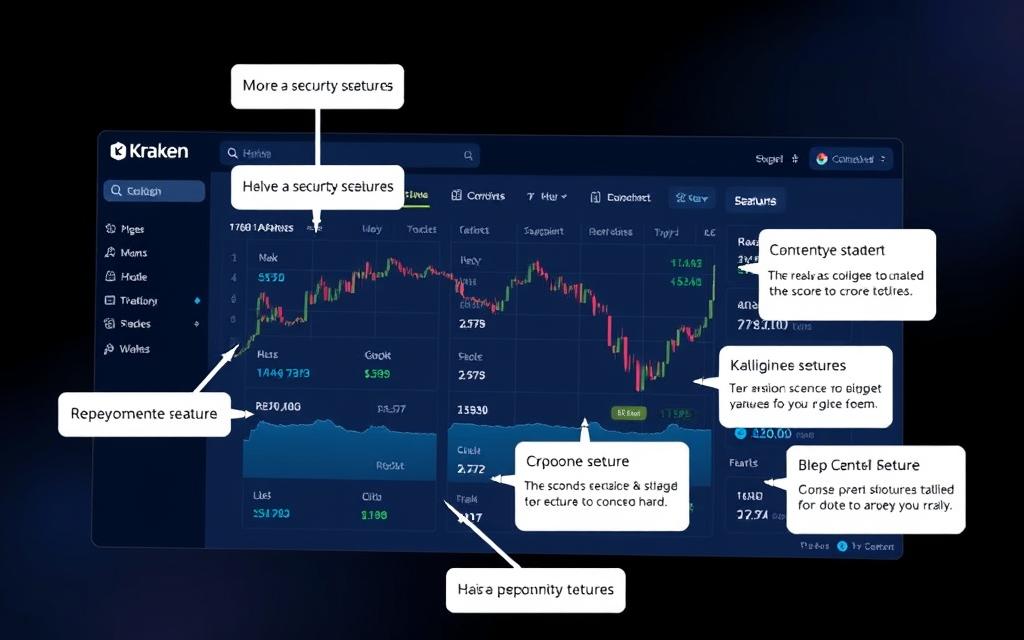
For traders who value security above all, Kraken stands out. Kraken is a well-established cryptocurrency exchange that prioritizes the security of its users’ assets.
Platform Overview
Kraken offers a robust trading platform with a wide range of features. It supports various cryptocurrencies and provides advanced trading options.
Available Assets and Trading Options
Kraken allows users to trade a diverse array of cryptocurrencies, including major assets like Bitcoin and Ethereum. The platform also offers advanced trading options, such as margin trading and futures contracts.
Security Features
Kraken is renowned for its strong security measures, including two-factor authentication, encryption, and cold storage for the majority of its assets. These features help protect users’ funds from potential threats.
Pros and Cons of Using Kraken
The pros of using Kraken include its robust security features, wide range of available assets, and competitive trading fees. However, some users may find the platform’s interface complex, and there are fees associated with certain transactions.
Kraken Fees and Pricing Structure
Kraken implements a maker-taker fee model that starts at 0.16% for makers and 0.26% for takers, with discounts based on 30-day trading volume. High-volume traders can access fees as low as 0% for makers and 0.10% for takers. For more information on other cryptocurrency trading platforms and their fees, you can visit our guide on the best cryptocurrency apps for buying and. Kraken also offers a premium subscription service, Kraken+, which provides zero trading fees up to $10,000 per month for a fixed monthly fee. The platform’s pricing is relatively transparent, with minimal spread markup beyond the quoted trading fees.
Binance.US: High Liquidity and Low Fees
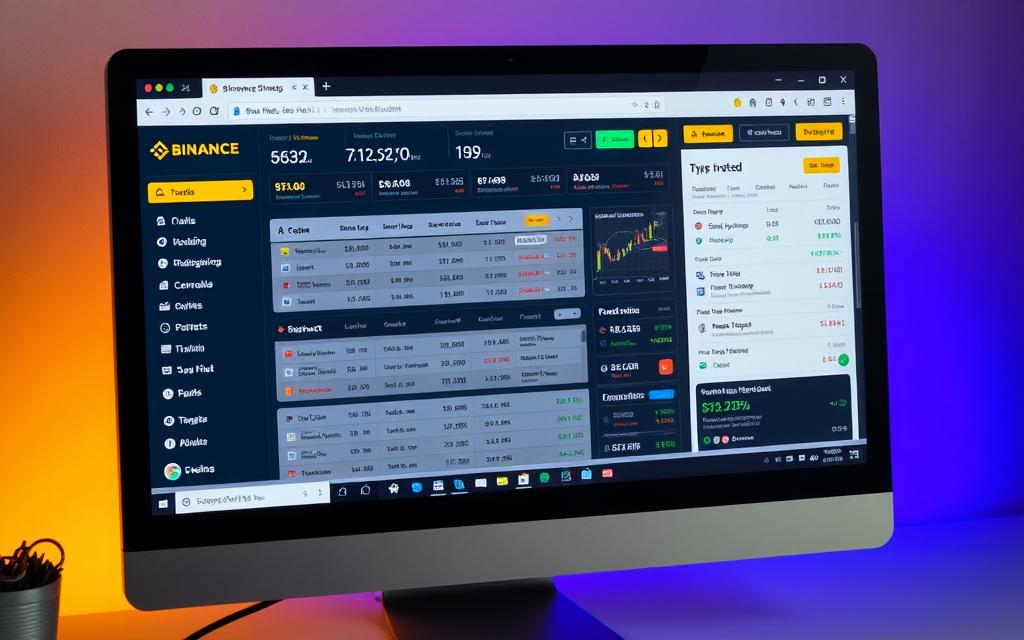
Binance.US stands out in the cryptocurrency market with its high liquidity and competitive fee structure. This makes it an attractive option for traders looking to maximize their returns.
Platform Overview
Binance.US is designed to provide a robust trading environment. It offers high liquidity, ensuring that traders can easily buy and sell cryptocurrencies without significantly affecting market prices. The platform is tailored for both novice and experienced traders, offering a range of tools and features to meet different trading needs.
Pros and Cons of Using Binance.US
Binance.US offers several advantages, including low trading fees and high liquidity. However, it’s essential for traders to consider the potential downsides, such as varying withdrawal fees and the complexity of its trading options.
Fee Structure and Trading Options
The fee structure on Binance.US is tiered, starting at 0.1% for both makers and takers. Volume-based discounts can reduce fees to as low as 0.04% for makers and 0.06% for takers. Additional discounts are available when paying fees with BNB, reducing trading costs by 25%. The platform offers multiple order types, including market, limit, stop-limit, and OCO orders, catering to various trading strategies.
By understanding the fee structure and trading options available on Binance.US, traders can make informed decisions and optimize their trading activities.
Gemini: The Regulated Option
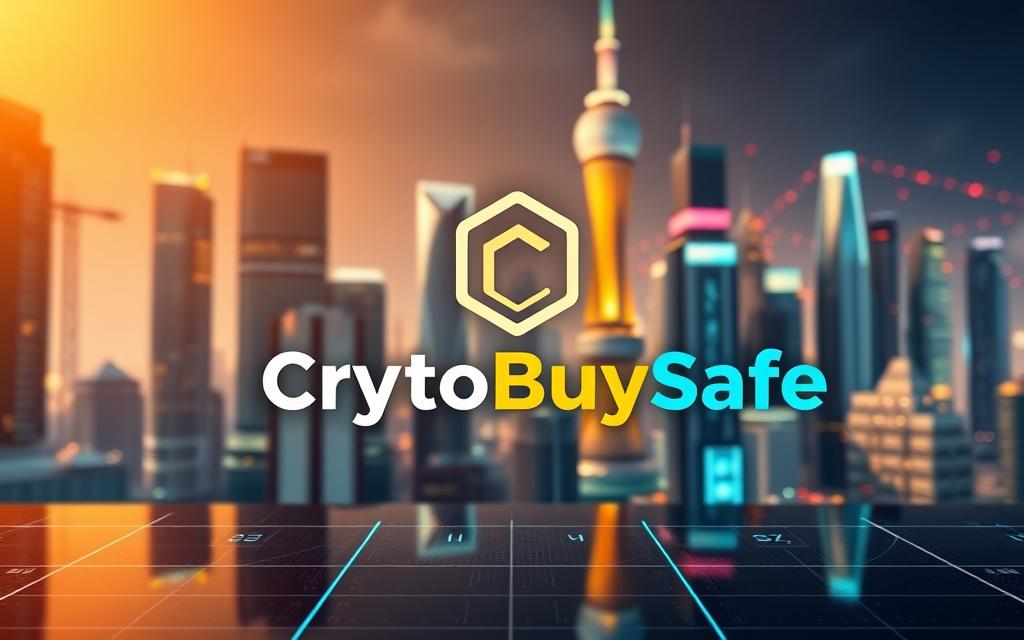
For those seeking a secure and regulated environment, Gemini is a top choice. Gemini has garnered attention for its strong focus on regulatory compliance and security, making it an attractive option for traders who prioritize these aspects.
Platform Overview
Gemini is a cryptocurrency exchange that emphasizes regulatory compliance and robust security measures. It offers a user-friendly interface and caters to both beginner and advanced traders. The platform is designed to provide a seamless trading experience while maintaining high standards of security and regulatory adherence.
Pros and Cons of Using Gemini
Gemini’s strengths include its strong security features, regulatory compliance, and user-friendly interface. However, some users may find its fee structure complex and the availability of certain cryptocurrencies limited compared to other exchanges.
Fee Structure and Available Assets
Gemini implements a tiered fee structure, with maker fees at 0.20% and taker fees at 0.40% for trades under $10,000 within 30 days. The platform supports around 70 cryptocurrencies, focusing on established assets. Withdrawal fees vary by cryptocurrency, with Gemini offering 10 free withdrawals per month for most assets.
Crypto.com: The All-in-One Crypto Platform
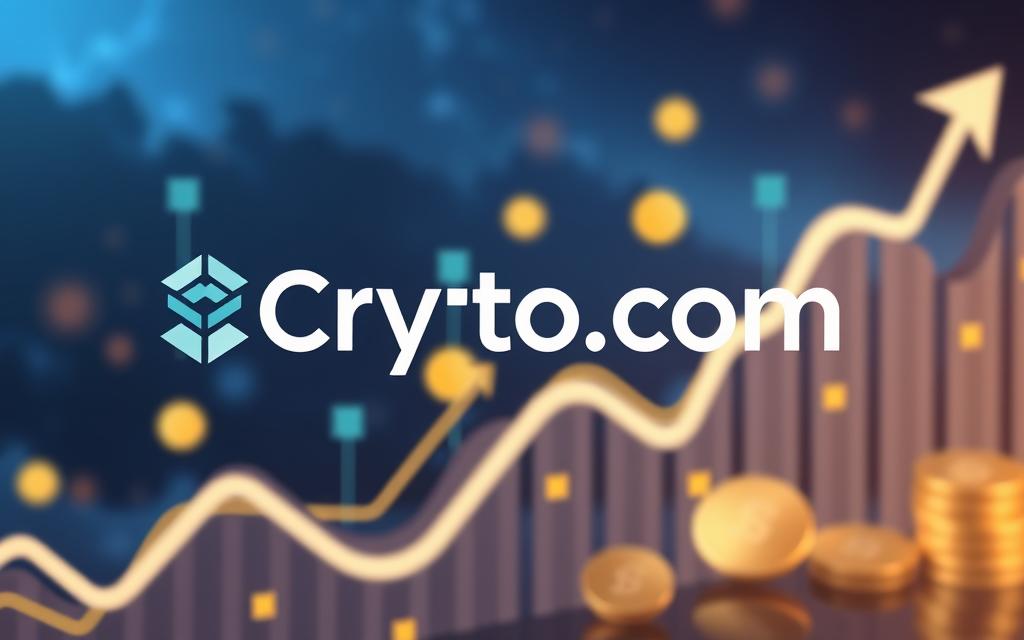
Crypto.com is revolutionizing the way people interact with cryptocurrencies by providing a multifaceted platform. This comprehensive ecosystem is designed to cater to both novice and experienced crypto enthusiasts.
Platform Overview
Crypto.com offers a broad range of services, including a cryptocurrency exchange, a mobile app for easy trading, and a Visa card that allows users to spend their crypto assets in real-world transactions. The platform is designed to be user-friendly, making it accessible to a wide audience.
Pros and Cons of Using Crypto.com
The advantages of using Crypto.com include its all-in-one approach, competitive fees, and a robust rewards system. However, some users may find the trading fees on the app higher compared to the exchange due to its spread-based model.
Fee Structure and Rewards System
Crypto.com’s exchange implements a tiered fee structure, starting at 0.25% for makers and 0.50% for takers, with discounts available based on 30-day trading volume and CRO staking level. The platform’s rewards system is particularly noteworthy, offering rewards such as cashback rates from 1% to 8% based on CRO staking levels, along with benefits like rebates on popular subscriptions.
Overall, Crypto.com’s blend of services, competitive fees, and generous rewards makes it an attractive option for those looking for a comprehensive crypto platform.
Bitstamp: The European Pioneer

As a veteran in the crypto space, Bitstamp provides a trusted environment for traders. With a history dating back to 2011, Bitstamp has established itself as a reliable and secure cryptocurrency exchange.
Platform Overview
Bitstamp offers a professional trading experience with advanced tools, making it suitable for serious cryptocurrency investors. The platform is known for its robust security measures, having never experienced a major hack in its operational history. Bitstamp supports approximately 100 assets for trading, providing a diverse range of cryptocurrencies for users.
Pros, Cons, and Fee Structure
Bitstamp’s strengths include its long-standing reputation for security and reliability, as well as its responsive customer support available through multiple channels, including phone support. However, the platform’s trading fees are higher compared to some newer competitors, with base rates of 0.30% for makers and 0.40% for takers. The fee structure does include volume-based discounts, which can reduce trading fees to as low as 0.10% for high-volume traders.
- Pros: Long-standing reputation for security, professional trading experience, responsive customer support.
- Cons: Higher trading fees, limited selection of supported cryptocurrencies.
The platform’s fee structure is designed to reward high-volume traders, making it a viable option for those who trade frequently. Overall, Bitstamp offers a reliable and secure trading experience, albeit with fees that may be higher than some competitors.
Understanding Trading Fees and Hidden Costs
When engaging in cryptocurrency trading, understanding the various fees and costs involved is crucial for maximizing profits. Trading fees can eat into your gains, and hidden costs can sometimes catch traders off guard.
Maker vs. Taker Fees Explained
In cryptocurrency trading, exchanges often charge different fees based on whether you’re a “maker” or a “taker.” Makers provide liquidity to the market by placing limit orders that are not immediately filled, while Takers remove liquidity by placing market orders or limit orders that are immediately filled. Typically, makers are charged lower fees than takers because they add liquidity to the exchange.
Withdrawal Fees and Minimum Amounts
When withdrawing cryptocurrencies from an exchange, traders may encounter withdrawal fees and minimum withdrawal amounts. These fees vary by exchange and by cryptocurrency. It’s essential to factor these costs into your trading strategy to avoid unexpected expenses.
Spread Costs and How They Affect Your Trades
The spread represents the difference between the highest bid price and the lowest ask price for a cryptocurrency. A wider spread can result in higher trading costs. Factors such as market depth, large orders, and market volatility can impact spread width.
| Factor | Impact on Spread |
|---|---|
| Market Depth | More liquid pairs have tighter spreads |
| Large Orders | Can cause significant slippage |
| Market Volatility | Can result in wider spreads |
Security Best Practices When Buying Cryptocurrency
To safeguard your crypto assets, it’s essential to follow robust security measures. The rise of digital assets has brought about numerous security concerns, making it crucial for investors to be aware of the best practices to protect their investments.
Two-Factor Authentication and Account Security
One of the fundamental security measures is implementing two-factor authentication (2FA) to add an extra layer of protection to your accounts. This process requires not only a password but also a second form of verification, significantly reducing the risk of unauthorized access. Platforms like Coinbase offer advanced security features, including auto-enrolled 2FA with security key support and password protection, to safeguard user accounts. For more information on securing your digital assets, you can visit https://www.security.org/digital-security/crypto/.
Cold Storage vs. Hot Wallets
Understanding the difference between cold storage and hot wallets is vital for securing your crypto assets. Cold storage refers to offline wallets that are not connected to the internet, providing a higher level of security against hacking attempts. Hot wallets, on the other hand, are online wallets that are more convenient for frequent transactions but are more vulnerable to cyber threats. Using a combination of both can help balance convenience and security.

Recognizing and Avoiding Crypto Scams
Being aware of common crypto scams is crucial to protecting your money. Scams often involve phishing attacks, giveaway scams, fake mobile apps, and investment scams promising unrealistic returns. Verifying information through official company channels and practicing healthy skepticism toward unsolicited offers can prevent most common cryptocurrency scams. Staying informed and cautious is key to avoiding these threats.
Comparing the Top Crypto Platforms for Different Needs
The cryptocurrency market offers a variety of platforms, each catering to different types of investors. When choosing a platform, it’s essential to consider your specific needs.
Best for Beginners
For those new to cryptocurrency, Coinbase is often recommended due to its user-friendly interface and educational resources.
Best for Advanced Traders
Advanced traders may prefer Kraken for its robust trading features and high liquidity.
Best for Low Fees
Binance.US is known for its competitive fee structure, making it an attractive option for cost-conscious traders.
Best for Security
For investors prioritizing security, Gemini stands out with its institutional-grade custody solutions and SOC2 certification.
| Platform | Best For | Key Feature |
|---|---|---|
| Coinbase | Beginners | User-friendly interface |
| Kraken | Advanced Traders | Robust trading features |
| Binance.US | Low Fees | Competitive fee structure |
| Gemini | Security | Institutional-grade custody |
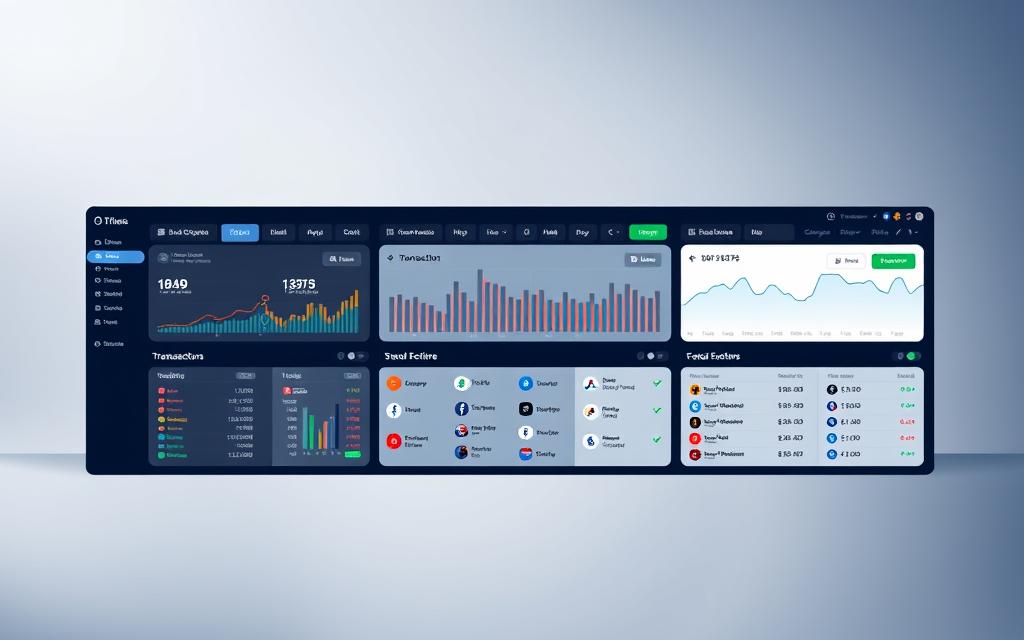
Conclusion: Choosing the Right Platform for Your Crypto Journey
Choosing the optimal cryptocurrency platform requires a careful balancing act between various factors, including security practices, fees, available cryptocurrencies, and user experience. Your personal investment goals significantly impact this decision, as different exchanges cater to distinct needs of long-term investors versus active traders. Security should remain paramount due to the irreversible nature of crypto transactions. The crypto exchange landscape is rapidly evolving, driven by regulatory developments and competitive pressures. Many users maintain accounts on multiple crypto platforms to leverage their specific strengths.
FAQ
What are the most secure ways to store my cryptocurrencies?
To ensure the security of your digital assets, consider using a cold storage wallet or a hardware wallet like Ledger or Trezor, which stores your private keys offline, protecting them from hacking attempts.
How do I choose the best cryptocurrency exchange for my needs?
When selecting a cryptocurrency exchange, consider factors such as security features, available cryptocurrencies, fee structures, and user experience. Research the exchange’s history, reputation, and customer support to ensure it meets your requirements.
What is the difference between a centralized exchange and a decentralized exchange?
A centralized exchange is a platform that facilitates trading through a central authority, whereas a decentralized exchange operates on a blockchain, allowing for peer-to-peer transactions without intermediaries.
How do trading fees work on cryptocurrency platforms?
Trading fees are charges imposed by exchanges for executing trades. These fees can be categorized into maker fees and taker fees. Maker fees are charged for adding liquidity to the market, while taker fees are charged for removing liquidity.
Can I buy cryptocurrencies using a credit or debit card?
Yes, some cryptocurrency platforms allow you to purchase cryptocurrencies using a credit or debit card. However, be aware that this method may incur higher fees and have certain limitations.
How do I avoid crypto scams and phishing attempts?
To avoid crypto scams, be cautious of unsolicited investment opportunities, verify the authenticity of websites and emails, and never share your private keys or login credentials. Enable two-factor authentication to add an extra layer of security to your accounts.
What is the significance of a platform’s regulatory compliance?
A platform’s regulatory compliance ensures that it adheres to relevant laws and regulations, providing a safer and more secure environment for users. This can include measures such as anti-money laundering (AML) and know-your-customer (KYC) policies.
How do I withdraw my cryptocurrencies from an exchange?
To withdraw your cryptocurrencies, navigate to the exchange’s withdrawal section, select the desired cryptocurrency, and enter the recipient’s wallet address. Be aware of any withdrawal fees and minimum withdrawal amounts.
